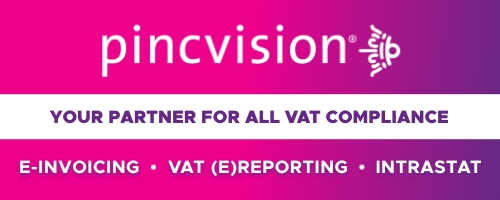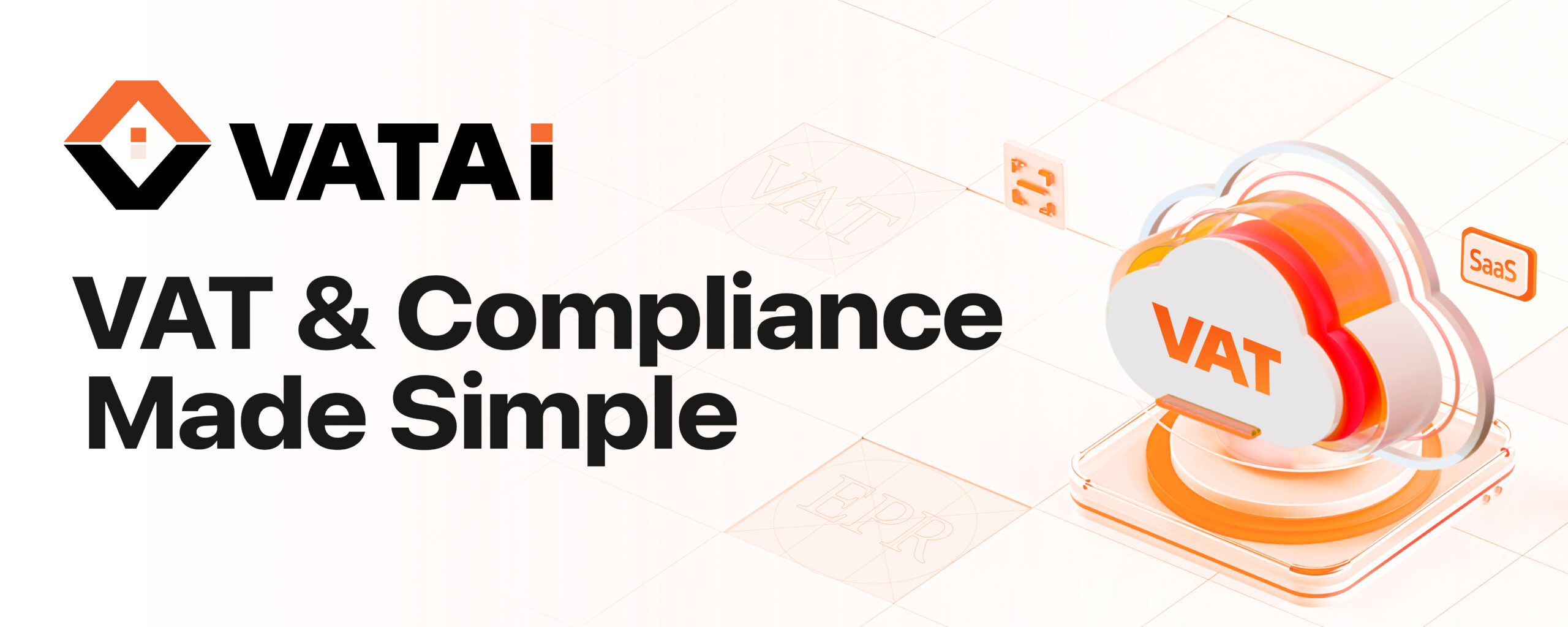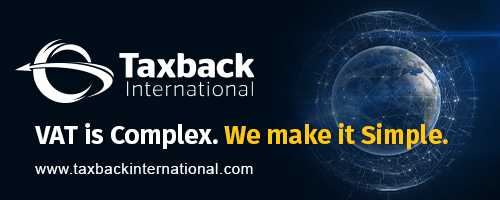Who
– Public sector entities
– Entities in the private sector that are liable for VAT,
– VAT representatives for foreign companies
Registration
To start using the electronic invoicing system, a taxpayer first needs to register through the dedicated portal, which can be accessed at www.eid.gov.rs. Registration requires authentication using a qualified electronic certificate.
What
Sistem E-Faktura (www.efaktura.gov.rs). In addition, an ancillary system has been introduced to help taxpayers with the processing and storage of invoices, the Sistem za Upravljanje Fakturama (SUF), which can be found at www.esuf.rs and www.esuf.gov.rs.
Format
An electronic invoice must be issued and received in line with the Standards EN 16931-3-2, which is in XML format.
Invoice Content
– Name, address and TIN of the issuer
– Unique ID number of the user of public funds (JBKJS)
– Bank account of the issuer
– Name, address and TIN of the recipient
– JBKJS of the recipient
– Number and date of an e-invoice
– Date of the supply of goods or services, i.e. date of the advance payment
– Code and/or name of the good, i.e. service and quantity and measuring unit for delivered goods, i.e. scope of services provided for each item of the e-invoice
– Value for each item from an e-invoice: Standard (‘S’); Exempt (‘AE’); Reverse Charge (‘AE’)
– Total amount of e-invoice
– The amount of advance payments
Submission to the authorities
Clearance mechanism: Electronic invoices may be transmitted in several ways. Firstly, transmission can be done directly to the government platform. However, only manual submission can be uploaded online. Secondly, e-Invoices can be submitted to the government portal via a service provider, which is mentioned as intermediaries in the law. Furthermore, the Ministry of Finance published a rulebook to inform interested parties about the requirement of being an intermediary. The approval of the ministry responsible for finance is required.
When
– Phase 1. Private sector entities are mandated to issue e-Invoices to public authorities, while the public authorities are compelled to receive and archive e-documents (B2G transactions). Additionally, public authorities are also obligated to send and receive e-Invoices for any business conducted with other public authorities (G2G transactions) from 1 May 2022.
– Phase 2. Public authorities are obligated to issue and send e-Invoices to private sector entities (G2B transactions). Private sector entities will be obliged to receive and archive e-Invoices from 1 July 2022.
– Phase 3. Full implementation is complete and electronic invoices become mandatory for the private sector in mutual transactions (B2B transactions) from 1 January 2023.
Archive
Electronic invoices generated or received by public authorities must be permanently archived in the government’s e-Invoice system. On the other hand, the electronic invoices generated and received by private sector entities must be stored for 10 years as of the end of the year in which the electronic invoice was issued in the electronic invoices system or in the service provider’s system (the intermediary’s system).
Fines
Fines are changing between legal entities and their responsible representative. For instance, if the tax authority detects that a legal entity is not complying with the published standards or dates, fines range from EUR 1,701 to EUR 17,011, and the representative range starts from EUR 425 to RSD EUR 1,276.
Sources














